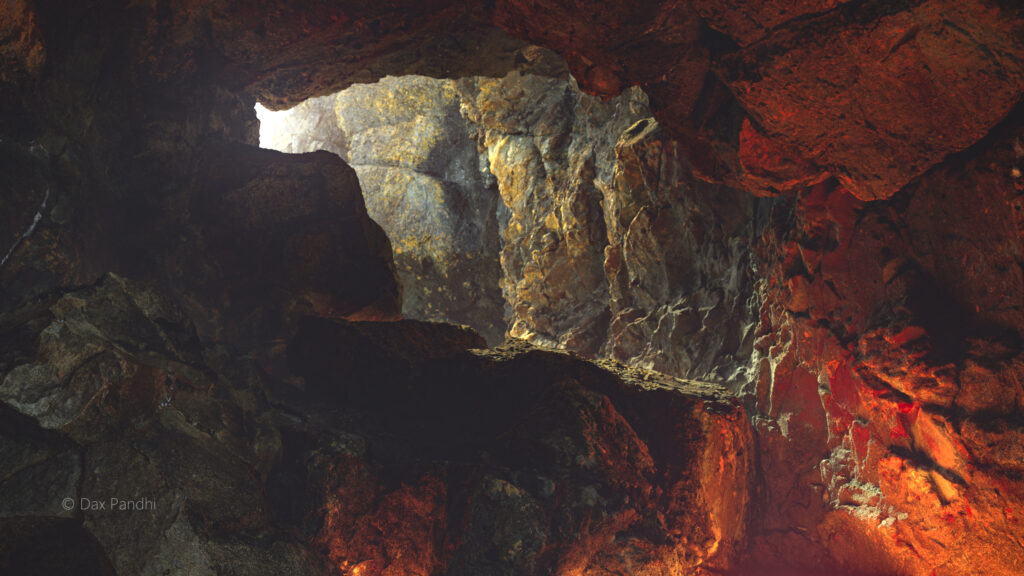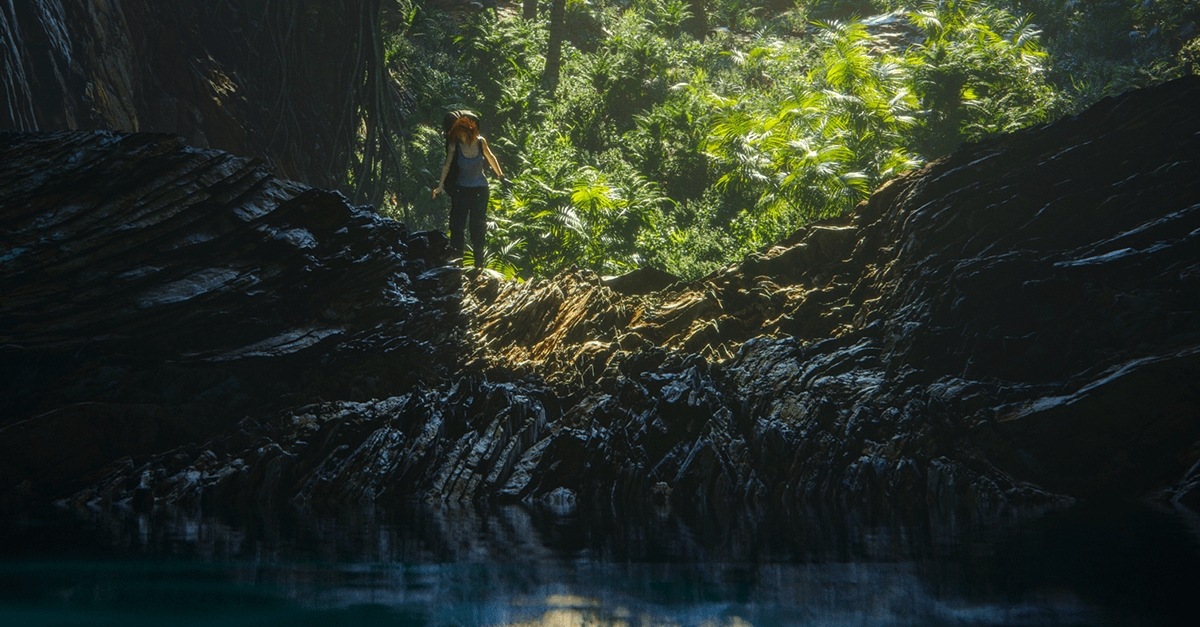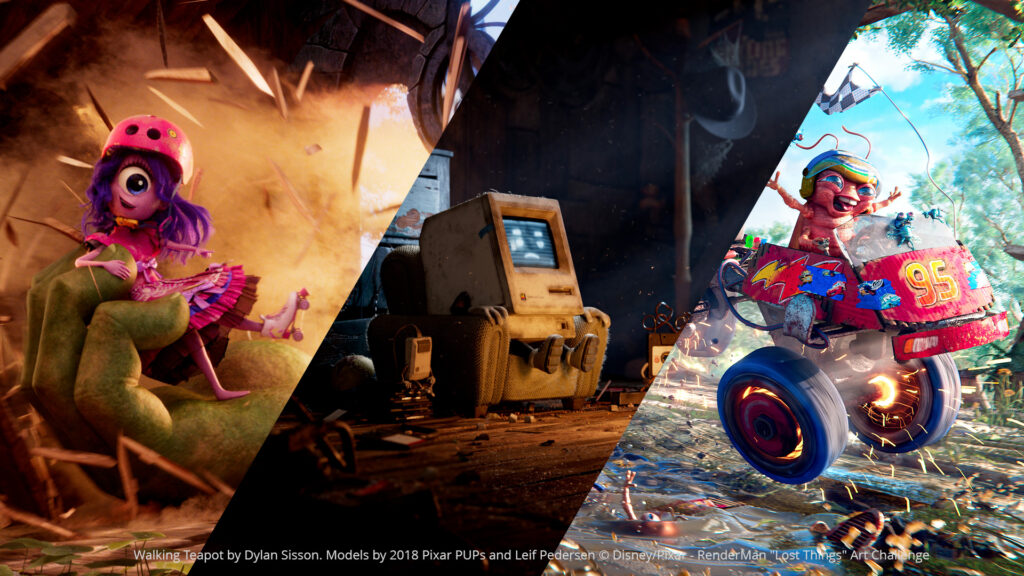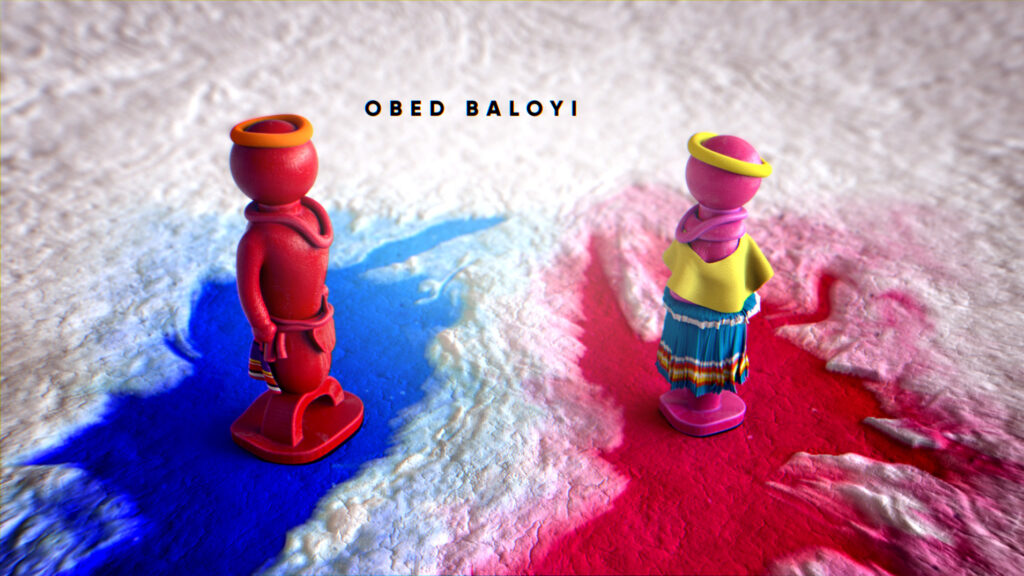Expert’s words: Dax Pandhi, co-founder of QuadSpinner
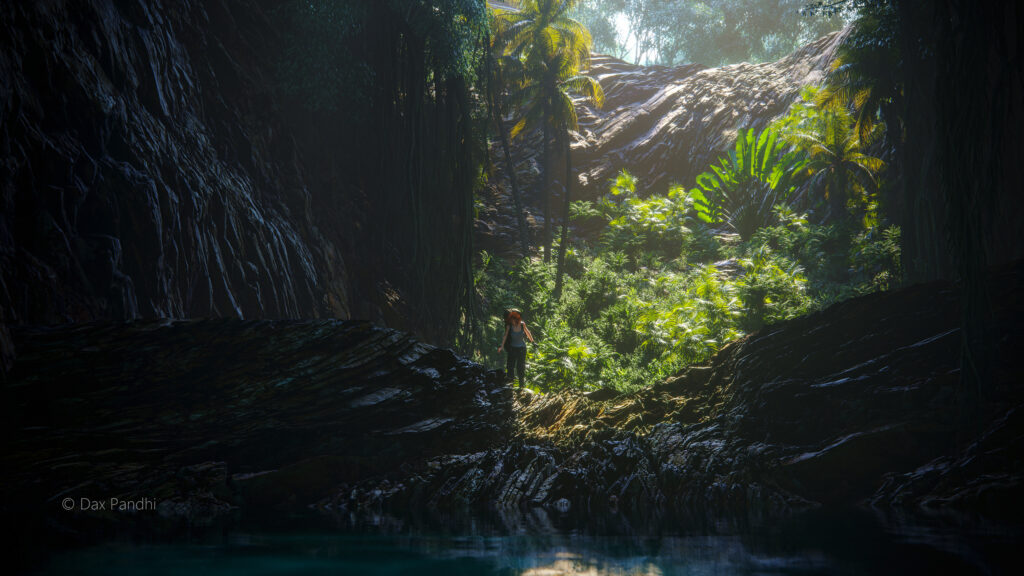
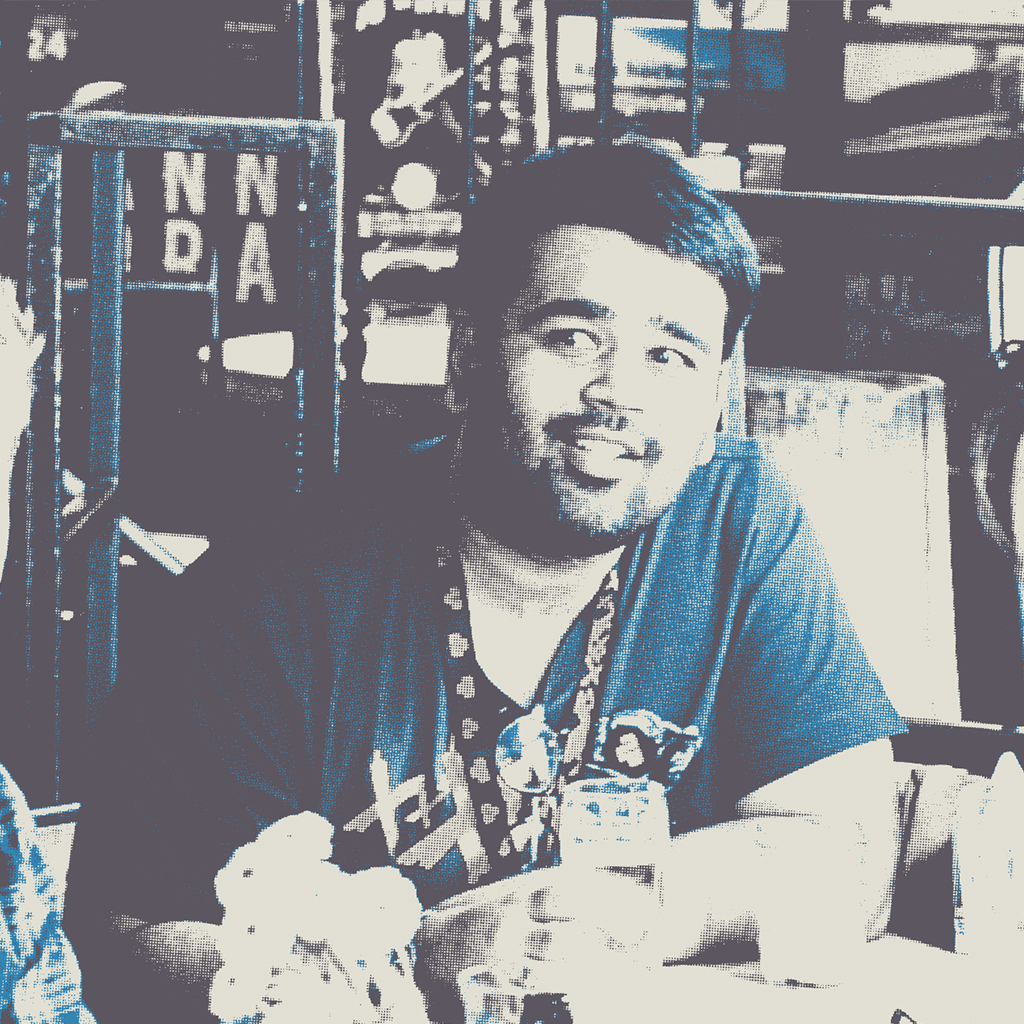
Dax Pandhi is the co-founder of QuadSpinner and the creator of environment design software Gaea, GeoGlyph, and Helios. He has contributed to a variety of AAA titles for film and games, and is co-recipient of the 2014 IAWTV award for best visual effects.
CG programmer, artist, and educator, Dax is also the author of the bestselling book Realism in Vue.
Besides… he loves spending his free time with crocodiles.
Environment seems to be a source of inspiration. Do you know where this passion comes from and is it the reason why you live in a rocky desert?
My father loved exploring new places and he passed on this love to me. As a child, I remember we were driving past a small rural road. I asked him “Where does that road go?”, and he replied “I don’t know. Let’s find out.” He turned the car around and we spent the next hour exploring a new place. I think every environment artist must nurture their inner explorer. I love exploring environments, new and old, and try to soak in as much as I can. All this peripheral and subconscious knowledge helps drive CG environments. Environments can be so complex sometimes, that you can’t really teach or learn it in a classroom. You just HAVE to explore, and see it for yourself.
Having lived in the desert helped me see various forms of geology that may otherwise be covered under foliage. I’m fortunate to have been born in a region that was created when what we now call India separated from the ancient supercontinent Pangea (where it was attached to Australia and Antarctica), and drifted up to “crash” into Asia. Having roamed many “shattered” hills as a child, I subconsciously picked up a lot about lighting and rock formations. I now try to use that knowledge when working in CG.
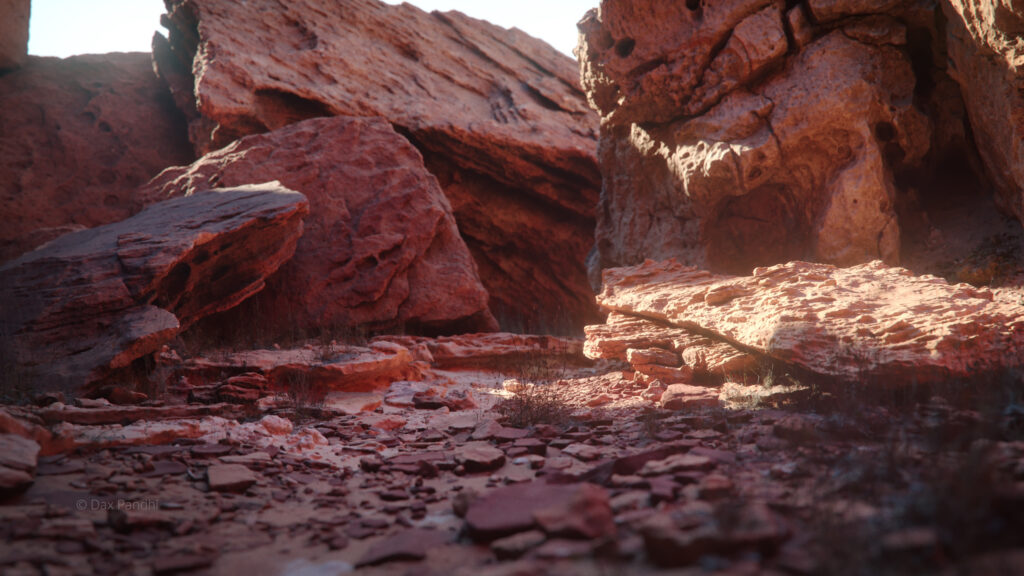
What is Gaea exactly? What makes it so unique in the world of digital environments?
Gaea is a new terrain design software we have been working on for 8+ years. We feel that terrain design has been left behind, and there has been no true innovation in the last decade, while other CG applications have leaped forward. With Gaea, we hope to address this major gap. We are attempting to fuse procedural node-based terrain design with a new form of sculpting, that is both algorithmic and yet manual. Gaea is a full featured terrain design suite, but what makes it truly unique is “Directed Erosion” – the ability to sculpt and direct erosion itself. Until now, erosion was something that was dictated by the algorithm of the software, and the user could not truly control it. With Direct Erosion, it is more intuitive because you choose where and how the erosion happens, and the software does the rest for you. This allows precise art direction in erosion for the first time. We have nearly a hundred features that were missing or not well implemented in terrain design, many of them based on the suggestions of some of the best environment artists in the industry.
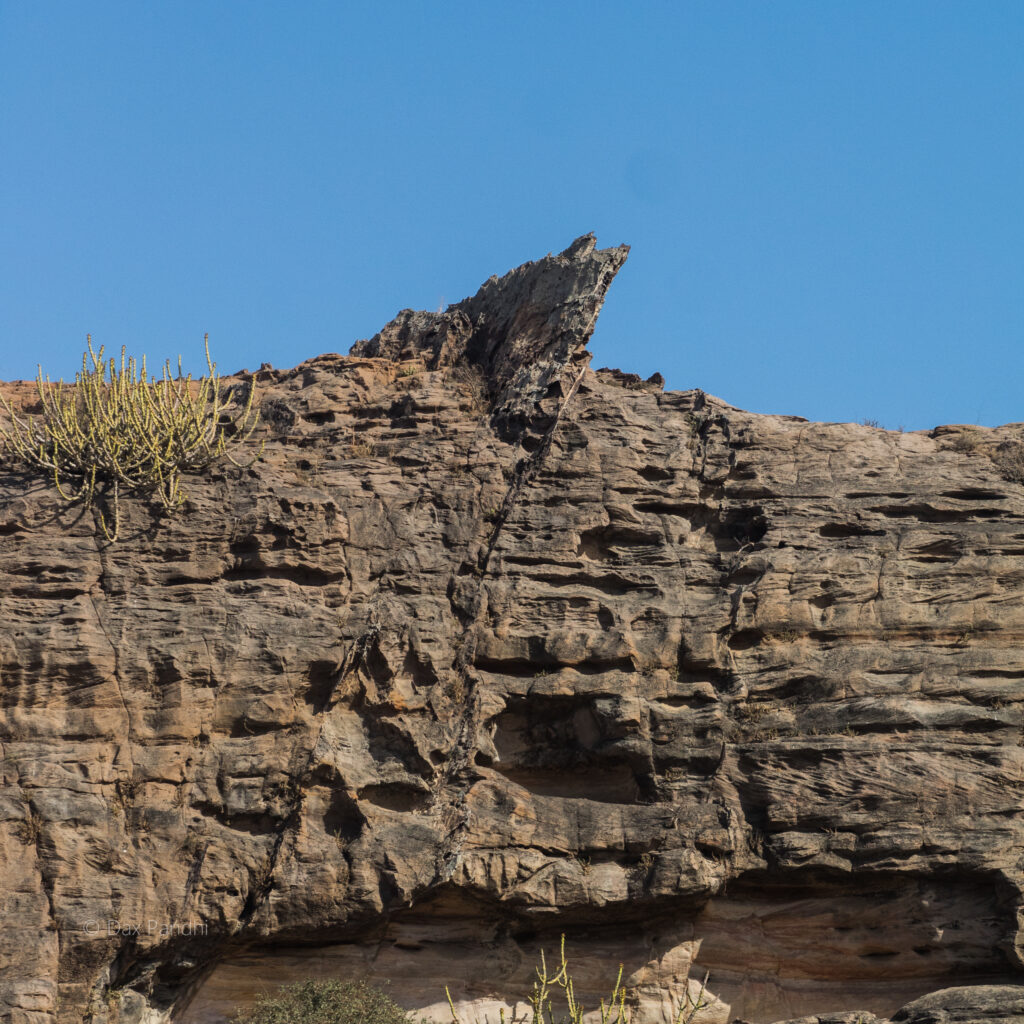
Anything seems possible with CG. Is there an environment created by Nature that you still find hard to reproduce?
Good question. With 3D scanning, a lot more is now possible than before. But there is a big missing link – not in software, but in human understanding. There are places in the Dolomites, at Bryce Canyon where it is hard to believe these structures exist! I think one of the next frontiers of environment design is to create such formations, and make the viewer believe that it exists.
I find this very exciting, and spend as much spare time I have in this pursuit. We have seen films like Thor Ragnarok and Valerian attempt something different with environments, and I think that is the right direction. But rather than simply playing with colors, I’d love to see environment artists (myself included) take inspiration from things such as the Kavir Desert, the Ennedi plateau, Sahara el-Beida, or Chiricahua national monument and use them to create fantastical landscapes, which are in reality not fantastical at all, just a hidden aspect of our amazing planet.
